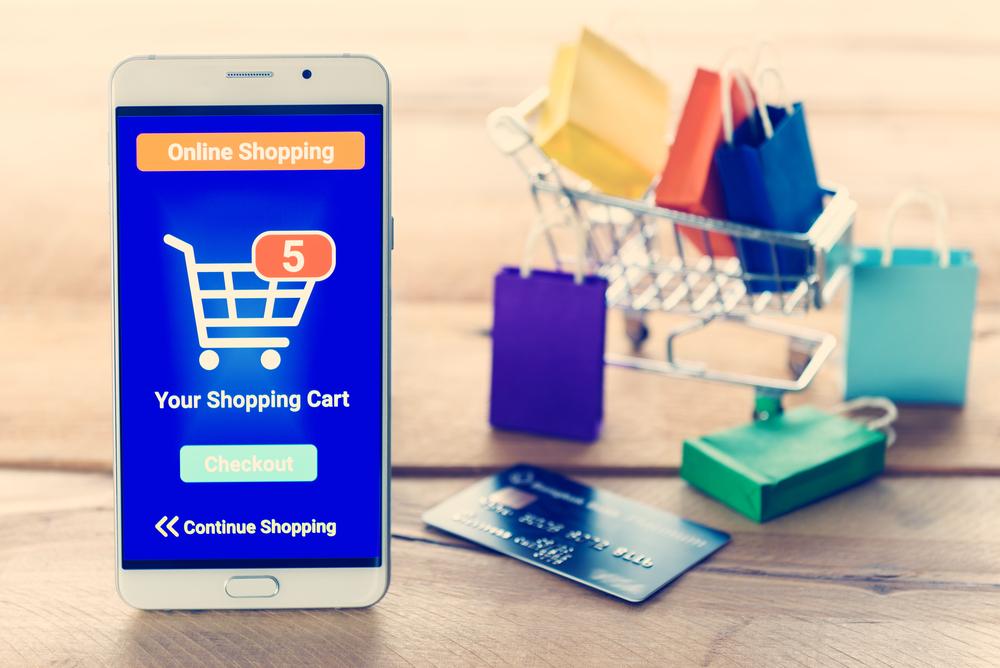10 Efficient Ways To Shop Smart
Shopping can be rewarding or maddening. We buy stuff we need. We buy stuff we want. And we buy stuff we neither need nor want, not always knowing why. The search for an answer to that question― why? ―led me on a three-year fact-finding odyssey in which I delved into the cultural, social, and psychological aspects of how Americans shop.

1. Don’t let the store seduce you. Retailers operate on the theory that the quickest way to our credit cards is through our senses. The speakers at Abercrombie & Fitch pump out loud, bass-heavy beats to get teenage hormones rocking; hotels and spas are redolent with aromas of minty freshness; jewelry stores aim high-wattage halogen lights at watches and rings to bring out even more sparkle. These so-called atmospherics entice us so we linger longer and spend more, but they won’t improve the value of the merchandise.
2. Don’t let the store scramble your “reference price,” either. This marketing term refers to the price that you expect to pay for something (because you have bought that item several times before), and retailers are quite adept at messing with it. Take, for example, a can of tuna. The price in your head is probably around $2.25. But by shrinking the size of the can from six ounces to five, the sellers are making more money, even though the price looks unchanged to you. Sure, when the kids are wailing and you’re in a hurry, you aren’t going to study every price-weight fluctuation. But being aware of this sleight of hand could save you money from time to time.
3. Shopper, know thyself. Some psychologists say that most of us fall into one of two categories: Low self-monitors aren’t too concerned with social feedback and make purchases based on their preference for a product, while high self-monitors buy to fit in. In general, you’ll make smarter purchases if you stick to your shopping temperament. Ignore these thoughts and quite a few buys will never make it out of your closet.
4. Beware of the freebie. Think quick: You’re offered a choice between a free $10 gift certificate and a $20 gift certificate for $7. Which would you take? When behavioral economist Dan Ariely tested shoppers at a Boston mall, they overwhelmingly opted for the free gift certificate, even though that meant losing out on a $13 profit. It’s easy to fall for free! but a price tag of zero can be costlier than it appears.
5. Choose shopping partners wisely. Hitting the stores with a gaggle of pals can be a pleasant way to spend a Saturday afternoon, but don’t lose sight of how others can influence your buying decisions. This phenomenon is often referred to as “group-level consideration,” meaning that the group, not you, establishes the spending norms and defines what is acceptable and condonable. So if the consensus holds that it’s reasonable to pay $600 for a pair of pumps, you may just find yourself out on the town in heels that scream (to you, at least), “What was I thinking?”
6. Think twice about express checkout lanes. Sometimes spending wisely means keeping an eye on your money and your time―especially if you pay for parking or have to be somewhere, like work, where your time is worth more. You might think it’s more expedient to get in the 10-items-or-less lane. But Dan Meyer, a math researcher and a blogger, has found that when faced with a medium to long regular checkout line and a slightly longer express line, you should generally opt for the regular one. Why? It takes more time to do more individual transactions.
7. Let your mouse do the walking. Preshopping online is natural for many of us. To the rest: Get clicking! Even if you prefer to buy at brick-and-mortar stores, you can earn savings with sites that seek the best deals ( shopping.com , pricegrabber.com ), offer customer reviews ( epinions.com , tripadvisor.com ), or publish wholesale and market prices to help you haggle (like edmunds.com does for cars).
8. Buying online? Use the search box. You’re looking for a new mixer. Type its name into the site’s search function rather than using the category links (“Shop All Departments,” then “Kitchen,” “Small Appliances,” and, finally, “Mixers”). A study by a Massachusetts-based website research firm found that shoppers who use the link method are three times more likely to keep browsing after they’ve found their item and make three times as many impulse purchases as compared with those who use the search tool.
9. Indulge your needs. Narrowly defined, the only things we really need are food, clothing, and shelter (love, too, although buying love isn’t a good idea). But there are other needs that relate to our emotional well-being. Treating yourself to a massage or a new top may lift the spirits and doesn’t necessarily mean you’re being reckless. My view? Self-reward isn’t a crime; just stick within your budget.
10. Stock up on experiences. Recently my wife and I returned from a biking trip abroad. We had bought some stuff, mainly clothes, that you don’t find here. It’s nice to tell ourselves those items will remind us of the trip, but they’re bound to go the way of all things cotton or wool. What will live on are the moments, captured in memory or snapshots or both. And that’s what I call money well spent.











